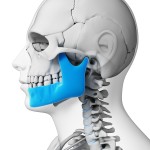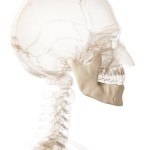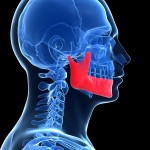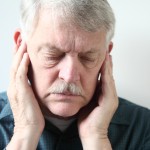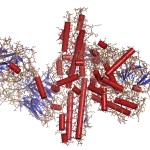
This review of botulinum toxin (BTX) for treating temporomandibular disorders identified 5 RCTs involving a total of 117 patients. There was marked heterogeneity between the studies and the therapeutic benefits are unclear. Well reported high quality RCTs are needed.
[read the full story...]